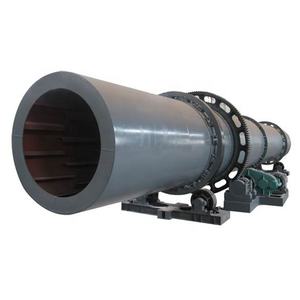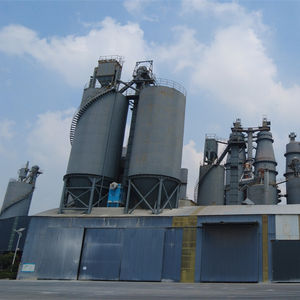Moving heavy machinery is a complex undertaking demanding meticulous planning, specialized equipment, and rigorous adherence to safety protocols. As mechanical engineers, we understand the significant risks involved – structural failure, personal injury, and costly damage to the machinery itself or surrounding infrastructure. Success hinges on applying engineering principles throughout the process, prioritizing safety above all else. This article outlines key considerations for a safe and efficient heavy machinery move.
(How To Mmove Heavy Machinery)
The foundation of any successful relocation is comprehensive planning. This begins with gathering critical data about the machinery: its precise weight, center of gravity location, overall dimensions, and footprint. Manufacturer specifications are essential, but verification through engineering calculations or scale measurements is prudent. Understanding the machine’s internal weight distribution and structural weak points is crucial for determining safe lifting points and rigging configurations. Simultaneously, assess the move path in detail. Document distances, door widths, ceiling heights, floor load capacities, ramp angles, and potential obstacles like columns or overhead utilities. Evaluate both the origin and destination sites, including foundation requirements and access points. A thorough site survey identifies constraints that dictate equipment selection and methodology.
Selecting the appropriate moving equipment is an engineering decision based on calculated loads and spatial constraints. Common options include hydraulic gantry systems, specialized forklifts with high capacity and extended reach, industrial rollers (skates), and air bearing systems. Jacks, both mechanical and hydraulic, are vital for lifting. The choice depends on the machinery’s weight, the required lift height, ground conditions, and maneuverability needs. Crucially, the capacity of any lifting device must significantly exceed the calculated load, incorporating a substantial safety factor to account for dynamic forces, potential uneven weight distribution, and equipment tolerances. Never operate equipment near its maximum rated capacity. Ensure all equipment is certified, well-maintained, and inspected immediately before use.
Preparation often involves partial disassembly. Remove any easily detachable components like guards, tooling, electrical panels, or fluid reservoirs. This reduces overall weight, lowers the center of gravity, and minimizes the profile, easing transport through confined spaces. However, disassembly must be performed methodically, referencing manuals and documenting steps for reassembly. Protect delicate components and openings from contamination. The core task is establishing secure lifting points. These must be structurally sound points designated by the manufacturer or identified through engineering analysis. Never lift from unsupported shafts, piping, or sheet metal covers. Utilize certified lifting lugs or engineered spreader bars to distribute the load correctly and connect to appropriate rigging – high-grade slings, chains, or wire ropes rated for the load. Ensure rigging angles are controlled to prevent excessive sling tension.
The lifting phase requires absolute coordination. Use load cells to monitor actual weight during the lift. Lift slowly and smoothly in small increments, constantly checking for stability, levelness, and any signs of structural distress or rigging slippage. Once lifted, transfer the load to the transport system – rollers, skates, or air bearings. Movement must be slow, controlled, and directed by experienced personnel using appropriate pushing/pulling equipment like heavy-duty come-alongs or hydraulic pushers. Avoid sudden starts or stops. Continuously monitor the load’s path, ensuring the floor can support the concentrated loads, especially when traversing joints or potentially weaker areas. For inclines, secure the load against unintended movement using mechanical braking systems on rollers or supplemental winching.
(How To Mmove Heavy Machinery)
Final placement involves lowering the machinery precisely onto its new foundation or supports. This demands the same level of care as the initial lift. Ensure the supporting structure is level and capable of bearing the static and dynamic loads. Verify alignment before fully releasing the load. Once positioned, reassemble removed components following documented procedures and manufacturer guidelines. Conduct thorough operational checks only after confirming the machinery is stable and secure. Throughout the entire process, maintain stringent housekeeping, clear communication channels, and designated safety observers. Only trained and qualified personnel should perform these tasks. Moving heavy machinery is an engineering challenge where precision, preparation, and unwavering commitment to safety are paramount for success. Neglecting any aspect invites unacceptable risk.


